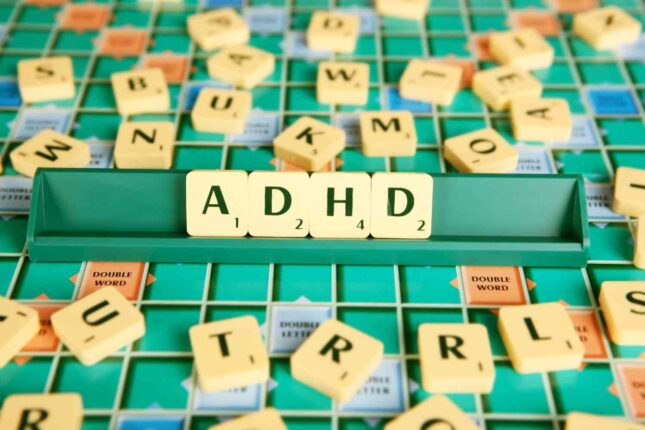
Many people are familiar with Attention – Deficit Hyperactivity Disorder (ADHD) as it effects millions of children and adults every day. The American Psychiatric Association’s Diagnostic and Statistical Manual, Fifth edition (DSM-5) defines ADHD as a persistent pattern of inattention and/or hyperactivity–impulsivity that was present before age of 12 has clear evidence that the symptoms interfere or reduce the quality in two or more settings (home, school or work). Many who have ADHD disorder find it difficult to recall things told of them, plan their day, create organizational systems within their environments, initiate and complete daily tasks, and interact in social situations.
The DSM-5 categorizes ADHD into 3 types:
- ADHD Combined: clients with this diagnosis presents with symptoms of both inattention and hyperactivity-impulsivity.
- ADHD Predominantly Inattentive: clients with this diagnosis presents with symptoms of only inattention.
- ADHD Predominantly Hyperactive-Impulsive: clients with this diagnosis present with symptoms of hyperactivity and impulsivity.
At Washington University Occupational Therapy we work daily with pediatric and adult patients to help identify strategies to help manage ADHD symptoms. Our clinic typically see’s patients with ADHD for weekly or every other week visits. Here are some examples of strategy training that you can find in our clinics:
- Organizational Strategies: The OT works with the patient to identify the best way to organize daily items (i.e. place to keep medication to help increase follow through of taking medication)
- Time Management Strategies: The OT works with the patient to identify strategies to recall daily tasks, increase awareness of time needed to do tasks to decrease turning in work late or running late for scheduled tasks.
- Management of Thought Strategies: The OT works with the patient to identify ways to control thoughts to increase success working in groups/classes or help fall asleep at night.
- Establish Routines: The OT works with the patient to identify strategies to promote setting up and maintaining routines in AM, PM, exercise, chore, or after school/work routines
Feedback that we hear when clients use strategies learned:
- Adult patients state they feel more in control of their home and work tasks with increase success in tasks.
- Pediatric patient parents state that it has helped them to have better understanding of their child’s view of their daily issues and has helped them to better support their child.
- Pediatric patients state they feel more successful within their home, school, and community tasks.
If you or your child have been newly diagnosed with ADHD and would like more information about our services or you notice these types of symptoms and have questions please contact us at OTClinical@wustl.edu or (314) 286 – 1669 to learn more or schedule an appointment.